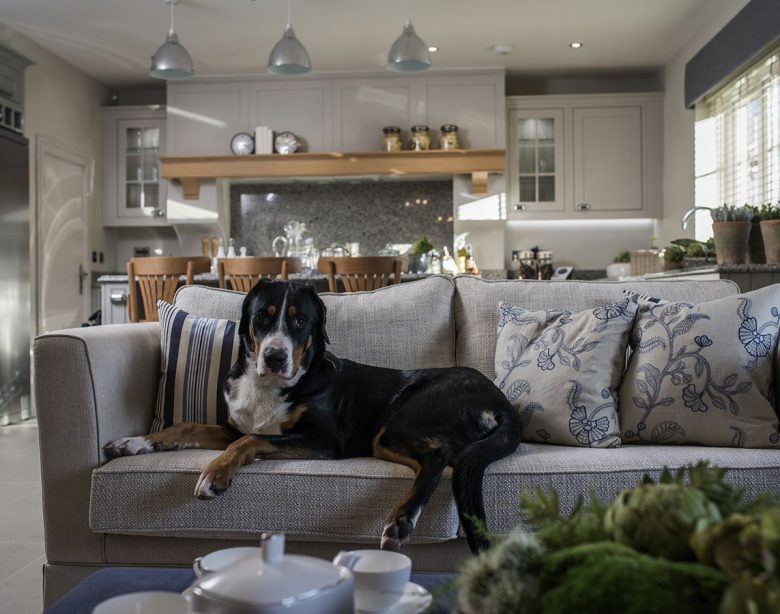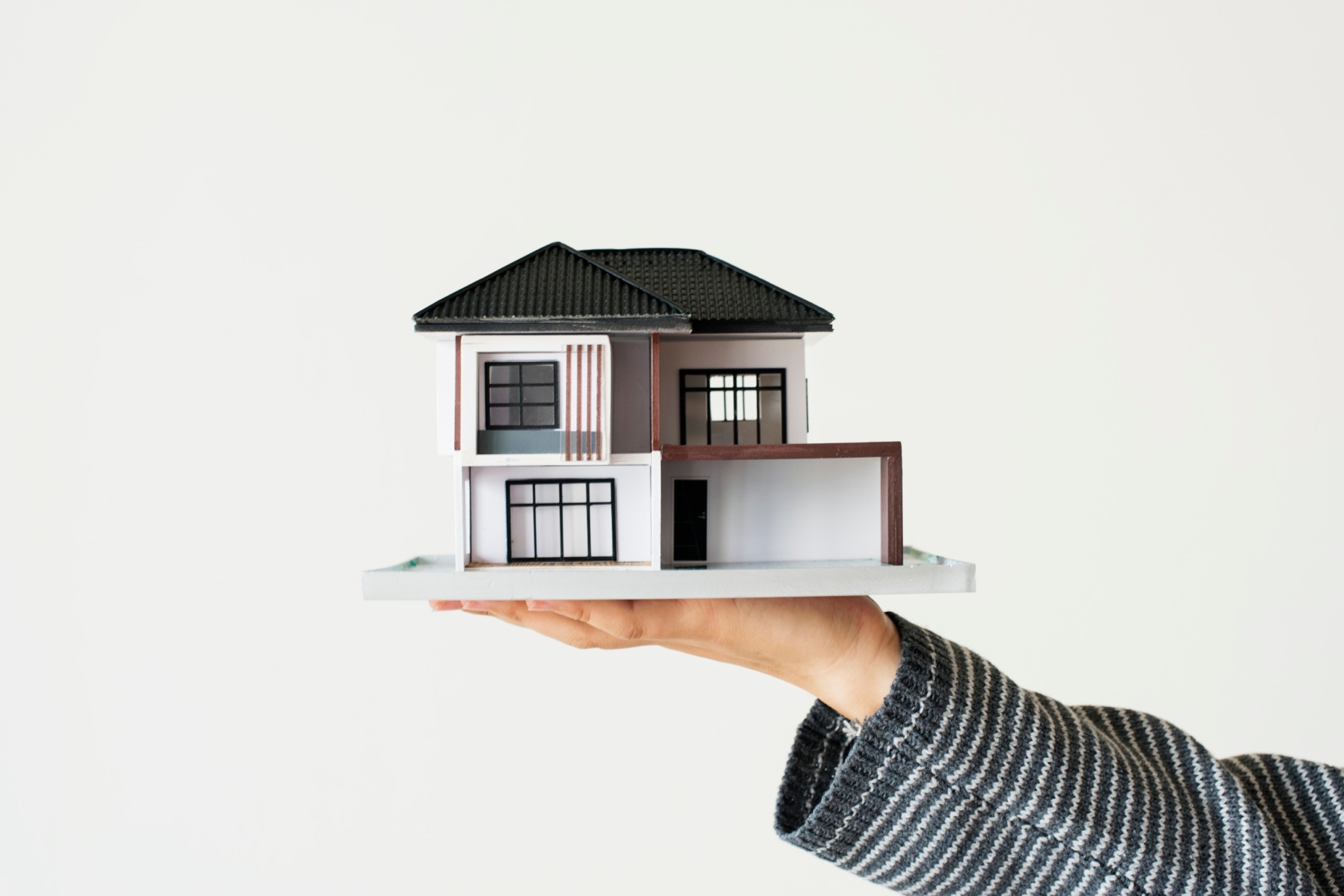Finding a new house that accommodates both your family and your furry friends is a thrilling but complex task. A pet-friendly home should provide comfort and safety for your pets while offering a living environment that suits your family’s needs. In this blog, we’ll explore how to find a new house that is pet-friendly, ensuring that both human and animal family members feel at home.
1. Prioritize Safety: A Secure Haven for Pets
Safety is paramount in a pet-friendly house. Ensure that the house has secure fencing or boundaries to keep your pets within the property. Additionally, check for any potential hazards like toxic plants, steep staircases, or dangerous swimming pools, and address them before moving in.
2. Location Matters: Pet-Friendly Neighborhoods
Just as important as the house itself is the neighborhood. Research local pet-friendly facilities, such as parks, walking trails, and veterinary clinics. Proximity to these amenities can make your daily routines more convenient and enjoyable for both you and your pets.
3. Pet Parks and Off-Leash Areas: Recreational Spaces
If your pets need room to run and play, look for neighborhoods with nearby pet parks or off-leash areas. These spaces provide opportunities for your pets to socialize, exercise, and burn off energy safely.
4. Walkability and Accessibility: Convenience for Daily Walks
Seek a neighborhood that is walkable and pedestrian-friendly. Being able to go for daily walks with your pets enhances their well-being and strengthens the bond between you and your furry companions. Check for sidewalks, safe crosswalks, and nearby green spaces.
5. Consider a Fenced Yard: A Pet Paradise
A house with a fenced yard can be a pet’s paradise. Ensure the fencing is secure and appropriate for your pet’s size and energy level. A well-enclosed yard allows your pets to roam and play freely while keeping them safe.
6. Indoor Space: Comfort and Freedom
While outdoor space is important, don’t overlook the indoor areas. A pet-friendly house should provide ample room for your pets to move around comfortably. Consider whether there’s enough space for their beds, toys, and feeding areas.
7. Flooring: Pet-Resistant Materials
Choose pet-friendly flooring that is easy to clean and durable. Materials like tile, laminate, or luxury vinyl are pet-resistant and can handle the wear and tear that comes with pets. Carpets and hardwood floors can be easily damaged and stained.
8. Pet Doors and Accessibility: Ease of Movement
If you have dogs or cats that enjoy the outdoors, consider whether the house allows for pet doors or easy access to the backyard. Pet doors make it convenient for your pets to come and go as needed, especially when it’s time for bathroom breaks.
9. Pet-Friendly Decor: Avoiding Delicate Furnishings
Opt for pet-friendly decor that can withstand pet activities. Avoid delicate fabrics, easily scratched furniture, or items that can be knocked over by curious pets. Sturdy, pet-resistant furnishings can coexist comfortably with your furry companions.
10. Nooks and Crannies: Create Safe Spaces
Incorporate pet-friendly nooks and crannies where your pets can retreat to feel safe and secure. Whether it’s a cozy corner with a pet bed, a window perch for your cats, or a mudroom for quick clean-ups, these spaces provide comfort for your pets.
11. Pet Grooming and Washing Areas: Convenience
Consider whether the house has areas suitable for pet grooming and washing. Mudrooms or laundry rooms with tile floors are great for easy clean-up after outdoor adventures. The convenience of such spaces can make pet care more manageable.
12. Home Inspections: Assess Pet-Related Needs
During the home inspection, pay attention to specific pet-related needs. Check the condition of fencing, the presence of any pet doors, and the state of the yard. Address any concerns or necessary improvements before moving in.
13. Talk to Pet-Owning Neighbors: Insights and Advice
If possible, have a conversation with neighbors who are pet owners. They can provide valuable insights into the pet-friendliness of the neighborhood and any local regulations or pet-related challenges you might encounter.
14. Review Local Pet Regulations: Complying with the Rules
Review local pet regulations and homeowners’ association rules. Ensure that the house and neighborhood are in compliance with these regulations. Failure to do so can result in legal issues or inconveniences down the line.
Finding a pet-friendly house is a rewarding process that can significantly impact your pets’ well-being and happiness. By prioritizing safety, assessing the neighborhood, and creating a comfortable living environment for your pets, you can ensure that your new home is a place where both human and animal family members thrive. Your pets are not just part of your family; they are an integral part of your life. Creating a pet-friendly home is an investment in their happiness and overall quality of life.



